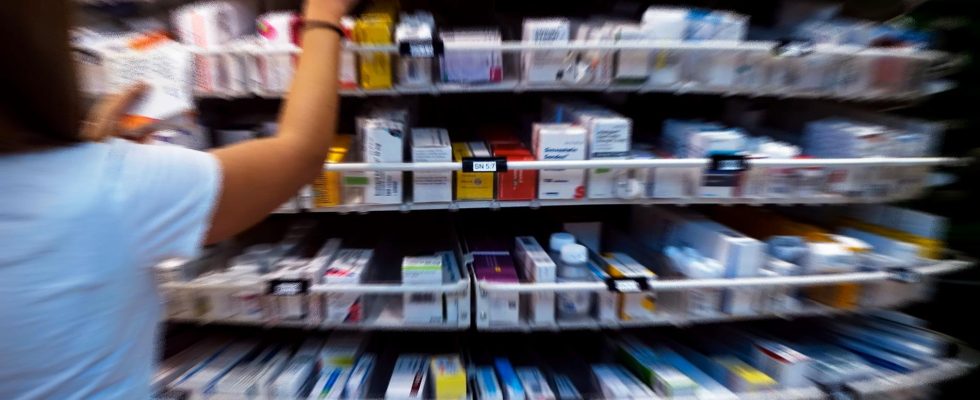unsaveSave
expand-left
full screen
chevron-rightnext
It has been empty on many pharmacy shelves in recent years. Events far from Sweden affect your medications. Archive image.
1 / 2Photo: Hasse Holmberg/TT
When a hurricane knocked out a pharmaceutical factory in North Carolina, production stopped. This led to patients with heart problems finding it difficult to find their medicine.
In a global pharmaceutical market, extreme weather and climate change have quickly turned into a tangible threat.
– China and India account for half of the world’s production of active pharmaceutical substances. To secure access, we need to spread the risks more, says Joakim Larsson, professor of environmental pharmacology at the University of Gothenburg.
Between 2022 and 2023, the number of remaining reported pharmaceutical packaging increased by 102 percent. The reasons are many. But crucially, production is highly concentrated in certain countries.
Low price is rewarded
Countries where operation and labor cost less become more attractive for companies. This means that, for example, China, India and Puerto Rico have covered pharmaceutical production.
However, when drugs are only produced in one or a few locations, there is a vulnerability to disruption.
When Hurricane Freddy swept over Puerto Rico in 2017, it led to a widespread halt in the production of, among other things, Astra Zeneca’s drugs against cardiovascular disease.
– Climate-related weather events as well as armed conflicts and shortages of production-critical substances are examples of things that can affect manufacturing, says Veronica Arthursson, director at the Medical Products Agency.
Earth metals a shortage
Even if several plants produce, for example, a certain antibiotic, the active substance is often manufactured in a single place.
– In addition, pharmaceutical production suffers from a lack of substances such as rare earth metals, which are used in the chemical synthesis of pharmaceutical substances. We compete with all other markets, says Bengt Mattson, head of sustainability at the research pharmaceutical companies’ trade association Lif.
He confirms that the question of where and in how many places medicines are produced is highly topical in the industry.
– The companies do not want a shortage situation to arise. In addition to being bad for patients, it is very bad for business.
Climate change also increases the risk of heat waves that will affect the transport of medicines, which in many cases are extremely sensitive to temperature changes.
No one responsible
Veronica Arthursson feels that the issues surrounding a secured supply of medicines during, for example, war and natural disasters have received more focus and are, among other things, discussed more within the EU.
– It is a huge challenge. There is no single actor in Sweden who is solely responsible for medicines being available. It requires cooperation between many.
Joakim Larsson believes that today’s price models, where what matters is who can produce medicines the cheapest, do not favor stable availability.
– A single factory in China or India can account for the majority of the entire world’s production of a certain drug. If a natural disaster occurs or if one of the countries were to stop supplying us for some reason, it could be a total collapse.
